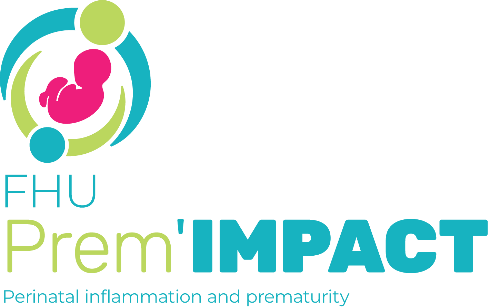Abstract
The purpose of this study was to compare two initial surgical strategies for spontaneous intestinal perforation (SIP) in a bi-centric cohort of extremely preterm and/or extremely low birthweight infants. Observational, retrospective study including infants born before 28 weeks of gestation and/or with birthweight < 1000 g, born between 2010 and 2020, operated for SIP in two type 3 centers. Infants were attributed to groups according to the surgical technique of the first intervention: primary anastomosis or suturing (PAS) or enterostomy (ES). The primary endpoint was the duration of parenteral nutrition (PN) analyzed using multivariate Cox model. Secondary endpoints included total number of surgeries under general anesthesia, morbidity and mortality at discharge, and outcomes at 2 years. Among 65 included patients, those in the PAS group (n = 46) had a higher median [IQR] CRIB II score than those from the ES group (n = 19) (11.5 [10-13] vs 8 [4-10], p = 0.01) and were more frequently operated in Robert Debré (78% vs 21%, p < 0.001) but had comparable other clinical characteristics at birth and at the time of surgery. As compared to the ES group, infants from the PAS group had a significantly higher probability of NP weaning after adjustment (adjusted hazard ratio 3.05, 95% CI [1.43-6.49]) and a significantly lower median [IQR] number of general anesthesia (1 [1-1] vs 2 [2-2], p < 0.001). At discharge and at age 2, there was no significant difference in outcomes between groups. Conclusion: Initial one-stage surgery for SIP in extremely preterm infants was associated with shorter NP duration and fewer general anesthesia in this study.
